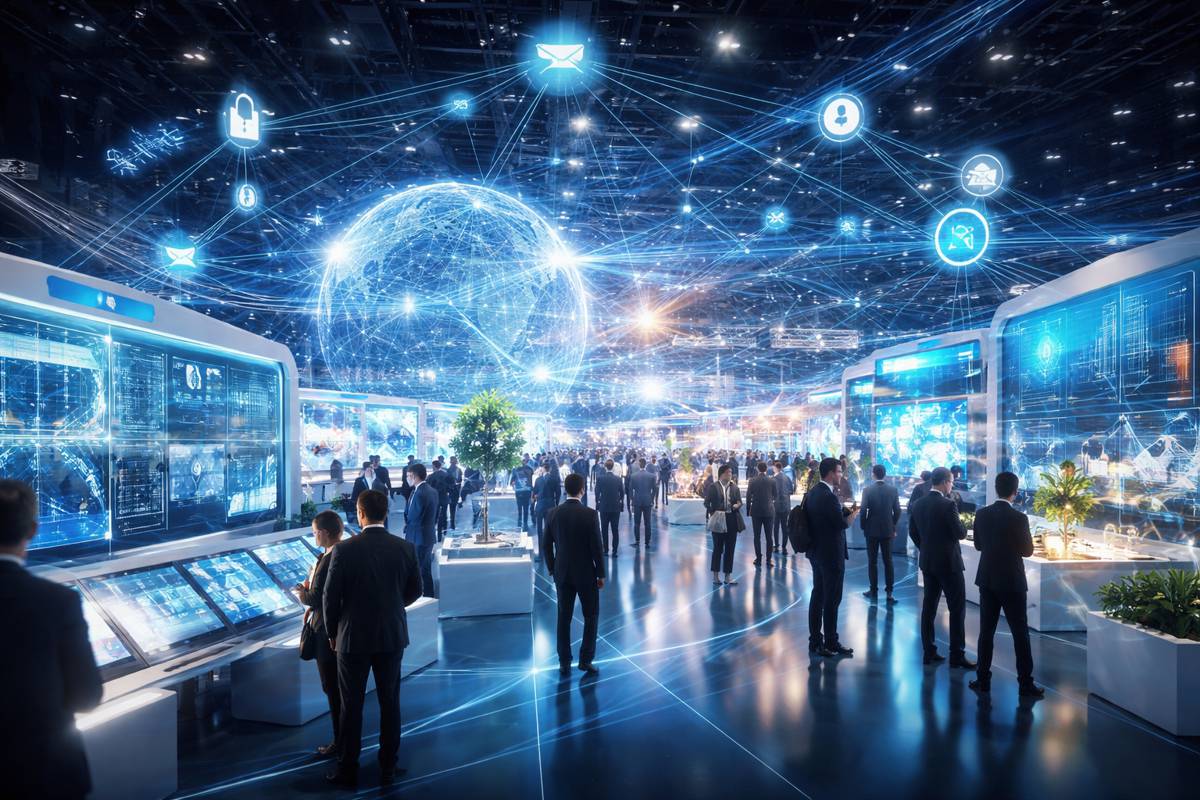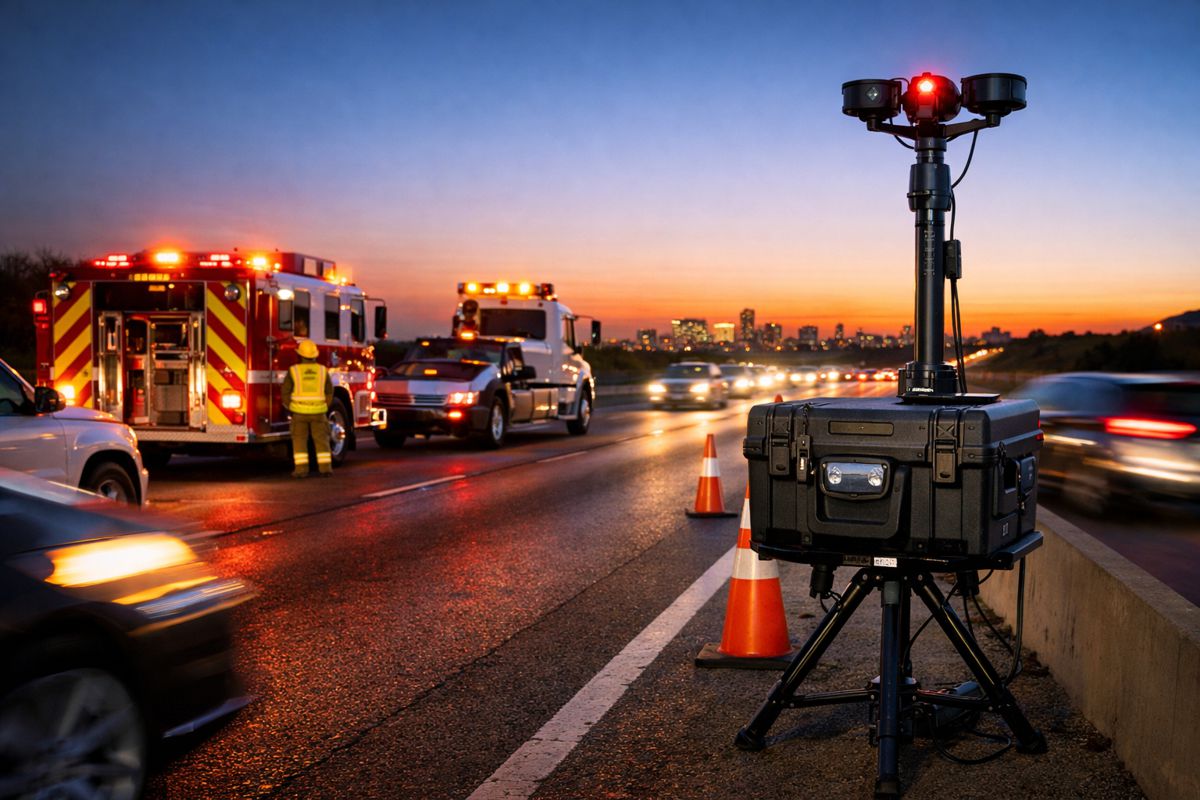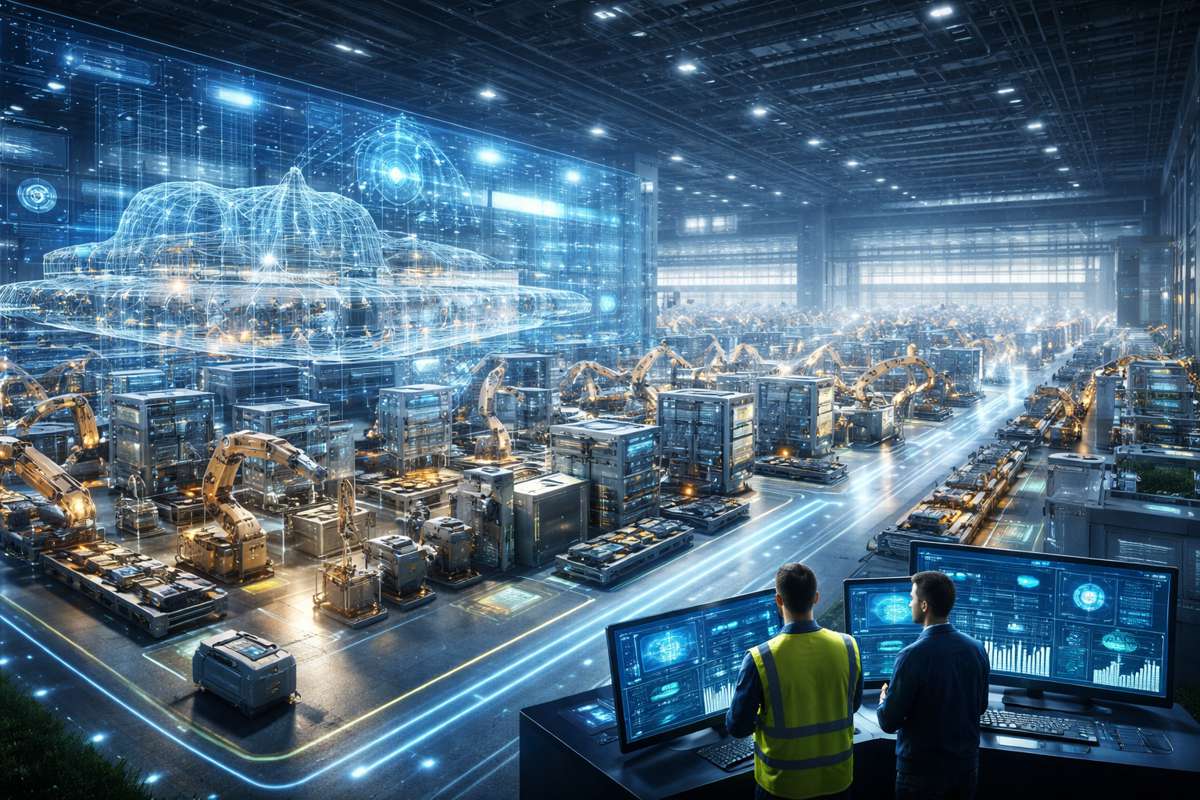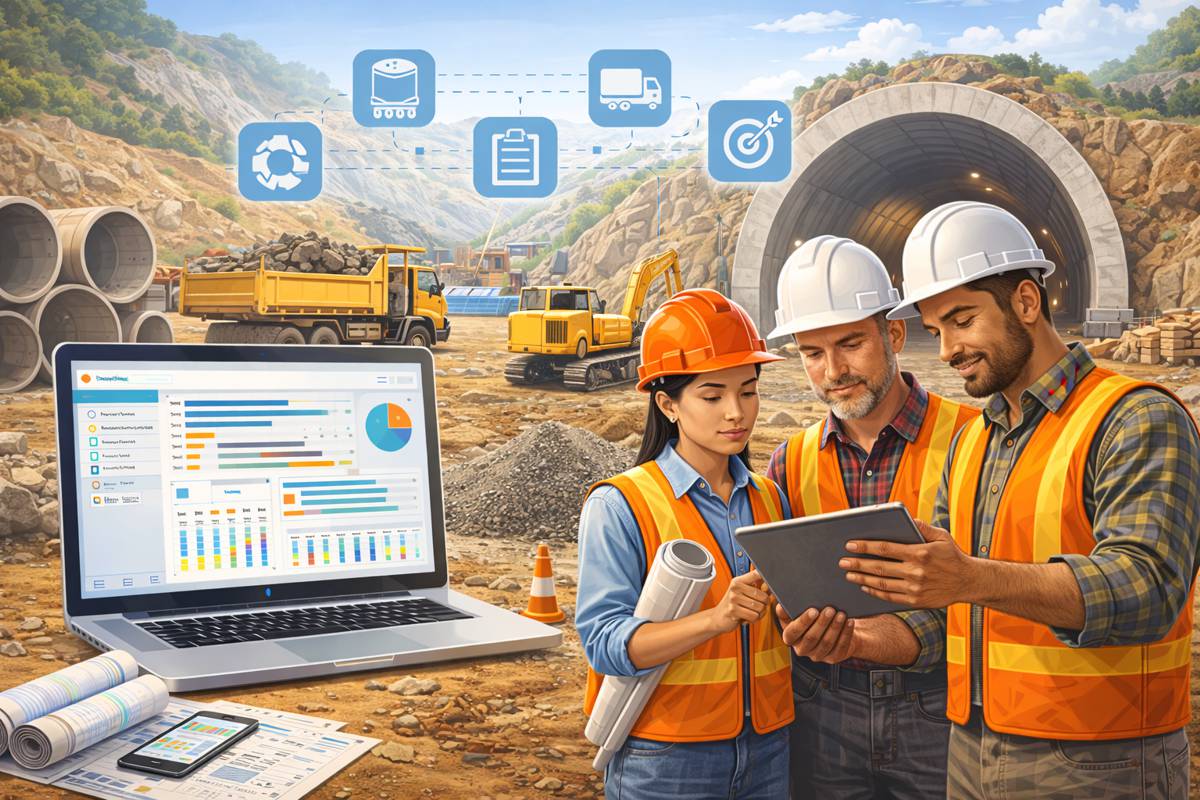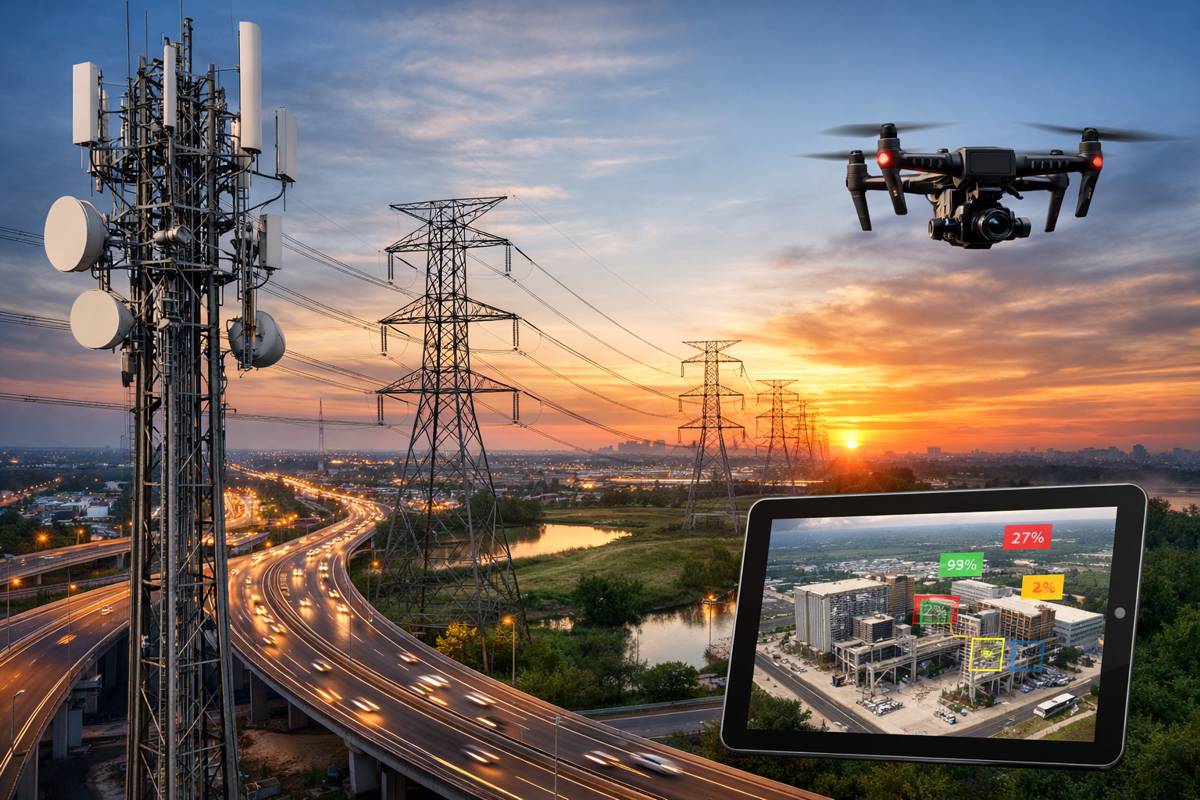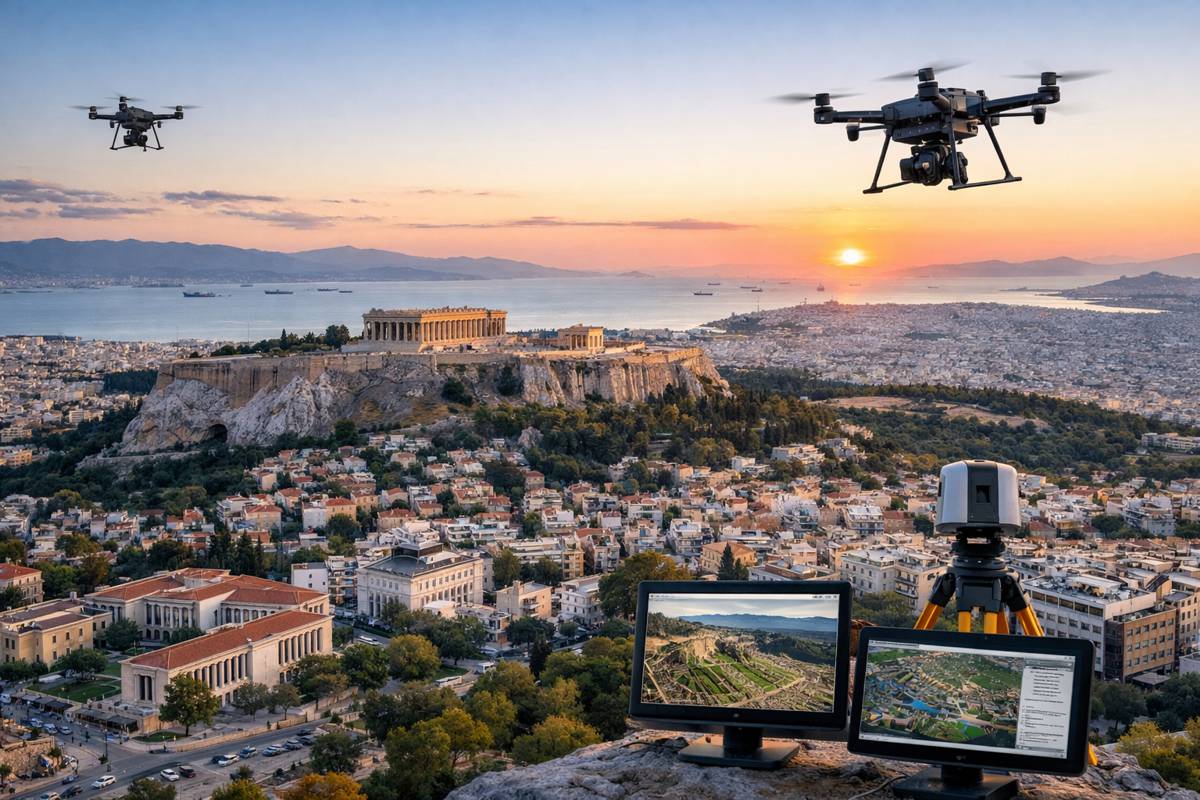AR and VR Technology Transforming Workplace Safety Training
Traditional workplace safety training methods, such as written manuals, static presentations, and in-person demonstrations, while somewhat effective, often fall short in engagement and interactivity.
These conventional approaches are limited in providing dynamic, hands-on learning experiences, which are crucial in today’s fast-paced and high-risk work environments. With the advent of Augmented Reality (AR) and Virtual Reality (VR), however, these limitations are being overcome, revolutionizing how safety training is delivered across industries.
AR and VR technologies are poised to reshape workplace safety training by offering immersive, interactive, and practical learning experiences. According to industry estimates, AR/VR applications have positively impacted over 23 million jobs globally, driving innovation and improving safety across multiple sectors. In fact, projections suggest that the AR/VR and mixed reality market will grow to $250 billion by 2028, further underscoring the transformational power of these technologies in the workforce.
This article explores in-depth the mechanics behind AR and VR, their benefits, and how leading industries are leveraging these tools to enhance workplace safety.

The Core of AR and VR Technologies
AR and VR are both advanced technologies designed to simulate real-world environments or overlay digital information onto a user’s physical surroundings. While they share commonalities, each technology has distinct components and applications:
Virtual Reality (VR)
VR creates a fully immersive, computer-generated environment where users interact with simulated scenarios. Essential components of VR include:
- Headsets: These devices block out the physical world, allowing users to engage with the virtual environment. Sensors such as gyroscopes and accelerometers track the user’s movements, providing real-time feedback as they navigate the virtual space.
- Controllers: Handheld devices allow users to interact with virtual objects, perform tasks, and navigate through the simulated environment.
- Software: VR simulations are driven by advanced computer graphics that create realistic and engaging scenarios. In the context of workplace safety, VR software can simulate hazardous situations, enabling employees to practice responses in a controlled environment.
Augmented Reality (AR)
AR, in contrast, overlays digital content onto the physical world, enhancing real-world environments with interactive elements. Key components of AR include:
- Cameras: Cameras capture the physical environment, enabling AR systems to recognize objects, track spatial relationships, and integrate digital overlays in real time.
- Computer Vision: This technology processes captured images to detect objects and map spatial coordinates, ensuring that digital elements are accurately aligned with the physical world.
- Display Devices: Smartphones, tablets, or smart glasses serve as the display, allowing users to view AR content integrated with their surroundings.
- Sensors: Like VR, AR uses sensors such as gyroscopes and accelerometers to track user movement and adjust the digital overlay in response to real-world changes.
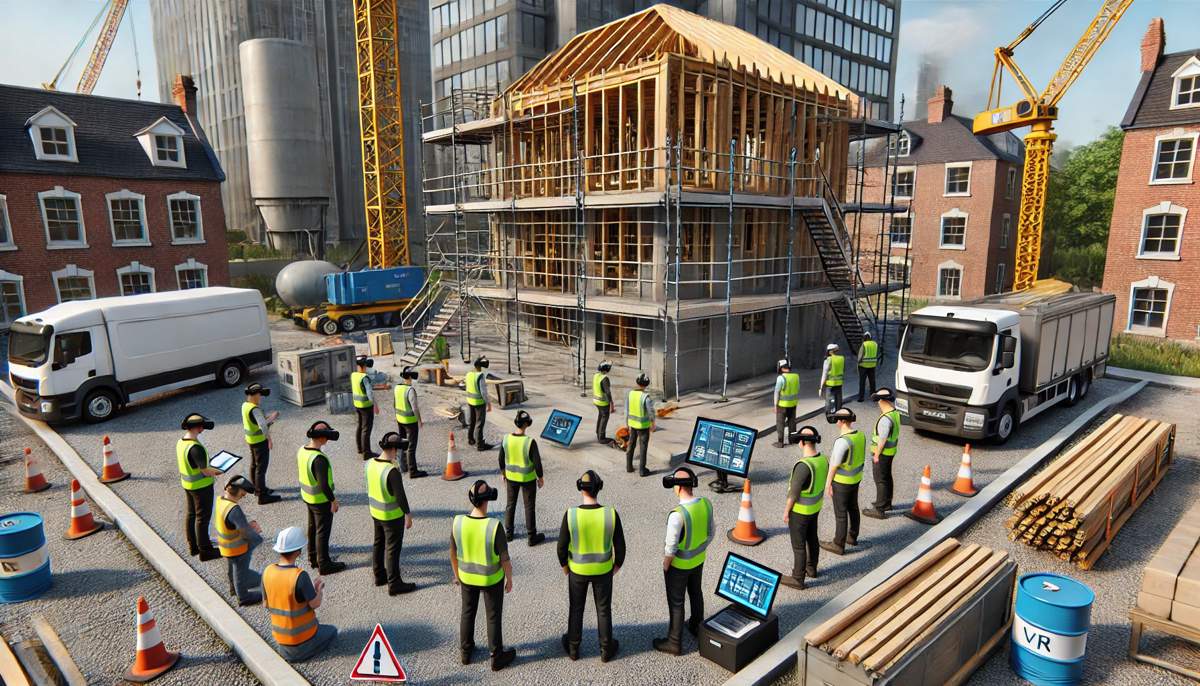
The Impact of AR/VR on Workplace Safety Training
When integrated into workplace safety and compliance training programs, AR and VR deliver several key benefits that improve the effectiveness of learning and reduce the risk of workplace accidents:
- Immersive Learning Experiences: AR/VR creates engaging, hands-on training environments where employees can practice safety protocols in lifelike scenarios. Compared to passive methods like manuals or videos, interactive simulations ensure better knowledge retention and skill development.
- Risk-Free Skill Practice: Employees can hone their skills in virtual environments without the risk of physical harm. For high-risk jobs, VR simulations allow workers to repeat critical safety procedures until they master the necessary competencies.
- Customized Training for Specific Hazards: AR/VR training can be tailored to specific workplace hazards, offering more relevant and effective training compared to generic safety programs. For example, industries with high-risk machinery or hazardous materials can create scenarios that mimic real-world risks, allowing employees to practice proper responses in a safe setting.
- Real-Time Hazard Alerts: In AR-based systems, real-time hazard detection can be integrated into the workplace, offering an extra layer of safety awareness. For instance, AR glasses can display warnings about hidden dangers in a worker’s immediate environment, improving overall hazard recognition and response times.
- Improved Collaboration and Communication: AR and VR allow workers to collaborate remotely, sharing insights, training feedback, and safety instructions in real-time, even if they are in different locations. This enhances the effectiveness of communication and training continuity.
- Cost-Effective Solutions: While the initial investment in AR/VR technology can be high, the long-term cost savings are significant. These tools reduce the need for frequent in-person training sessions and minimize accidents and incidents that result from insufficient training, leading to fewer disruptions and lower compensation costs.
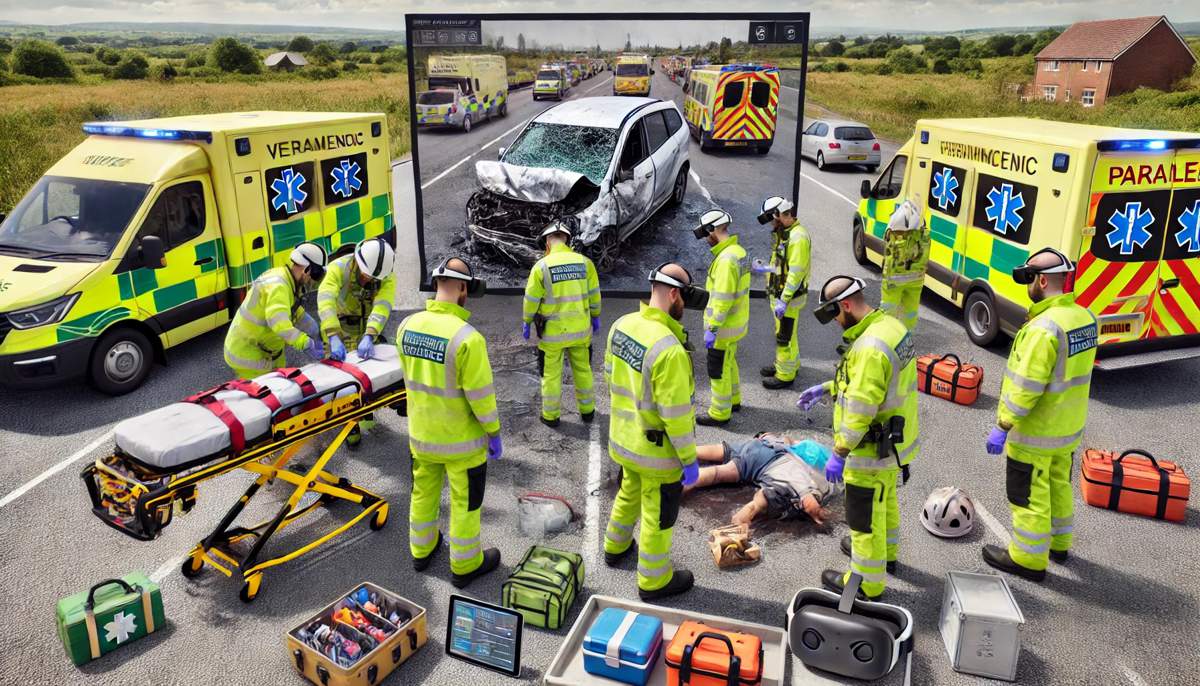
Industries Successfully Implementing AR/VR for Workplace Safety
Many sectors have embraced AR/VR technology to enhance workplace safety, particularly in industries where high risks and complex operations demand rigorous safety protocols. Some key examples include:
Manufacturing and Industrial Safety
The manufacturing sector, including industries such as oil and gas, has adopted AR/VR to train employees in complex, high-risk procedures. In environments where workers are exposed to heavy machinery or hazardous materials, VR simulations provide a safe space to practice emergency responses, such as fire drills or equipment failure scenarios. These simulations not only improve safety but also increase operational efficiency by minimizing the time spent on traditional training methods.
Construction
The construction industry is leveraging AR and VR technologies to improve safety on high-risk sites, such as those involving heavy machinery, elevated work areas, and hazardous materials. AR enables workers to visualize construction plans, detect potential safety risks, and identify dangers in real-time before they pose a threat. VR training environments allow workers to practice safety protocols in virtual construction sites, where they can safely rehearse tasks like crane operation, scaffolding setup, and equipment handling. This approach ensures that workers are better prepared for real-life challenges, reducing accidents and promoting a safer work environment.
Mining
The mining industry, known for its extreme environments and dangerous working conditions, has been a significant adopter of AR/VR for safety training. These technologies allow workers to experience highly realistic simulations of mine operations, including cave-ins, gas leaks, and equipment failures. VR environments provide miners with a risk-free setting where they can practice emergency evacuations and equipment handling. AR applications, meanwhile, enable real-time hazard detection and alert workers to unseen risks, such as unstable ground or gas concentrations. By providing a detailed understanding of potential hazards, AR/VR improves operational safety and helps miners develop critical skills before facing real-world dangers.
Emergency Services
AR/VR technologies have been transformative for emergency services, where split-second decision-making in hazardous situations is crucial. Firefighters, paramedics, and search-and-rescue teams use VR to simulate real-life disaster scenarios, including building fires, vehicle accidents, and natural disasters. These immersive simulations help emergency responders practice high-stakes scenarios in a controlled environment, allowing them to refine their response strategies without risking lives. AR technology can also overlay real-time information, such as building layouts or live hazard updates, helping first responders make better-informed decisions during actual emergencies.
By embracing AR and VR, industries such as manufacturing, construction, mining, and emergency services are improving safety protocols, reducing accidents, and ensuring employees are well-prepared for hazardous environments. These advanced technologies provide workers with immersive, hands-on experience in a controlled and engaging manner, ultimately enhancing workplace safety.
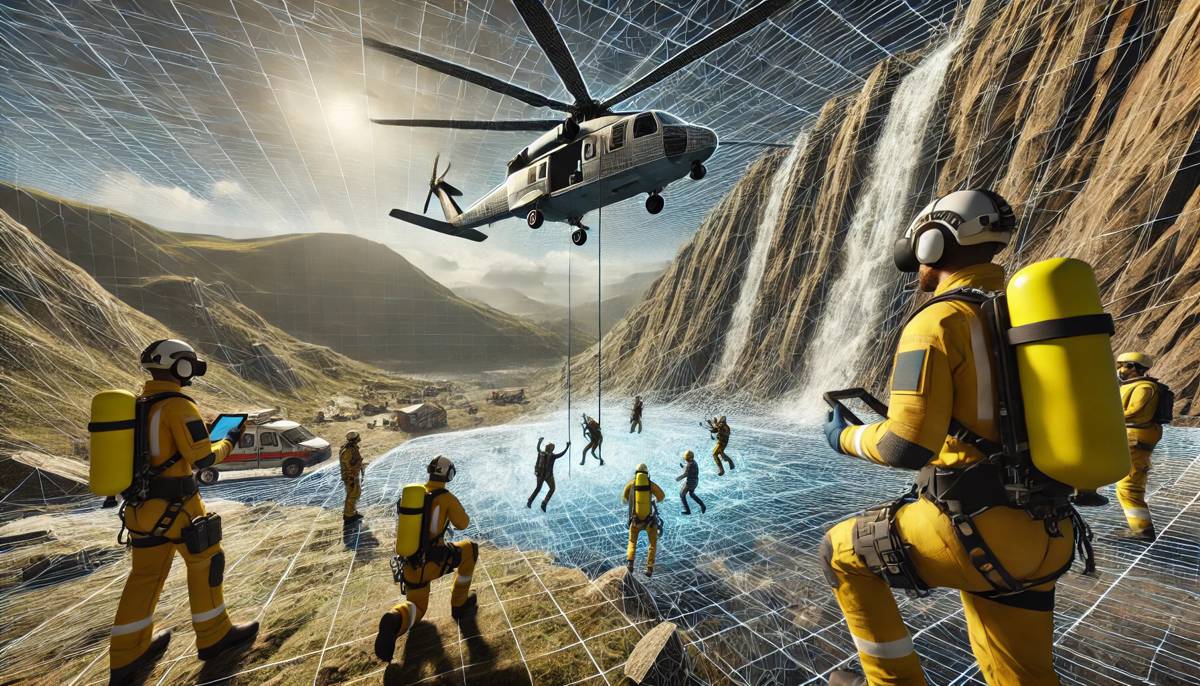
Preparing for the Future of Workplace Safety
AR and VR are rapidly advancing as essential tools for workplace safety training, providing immersive, interactive experiences that surpass traditional methods in engagement, effectiveness, and cost efficiency. By allowing employees to practice in realistic, risk-free environments, AR and VR technologies are reducing accidents and enhancing workplace safety skills across industries.
To maximize the benefits of AR and VR, these tools should be complemented with traditional training methods, creating a comprehensive safety program that prepares workers for any hazard.
As these technologies continue to evolve, they will undoubtedly become the cornerstone of workplace safety, helping to reduce accidents, boost productivity, and foster a culture of safety in even the most hazardous environments.











